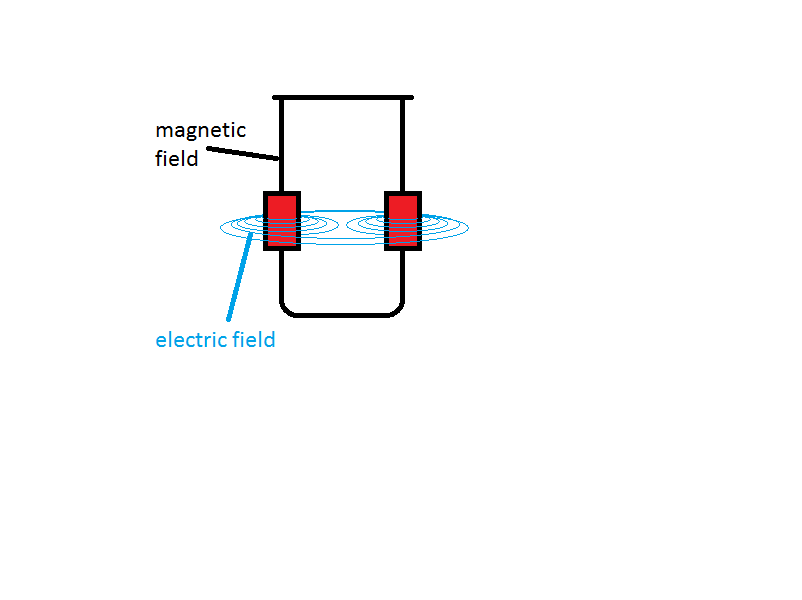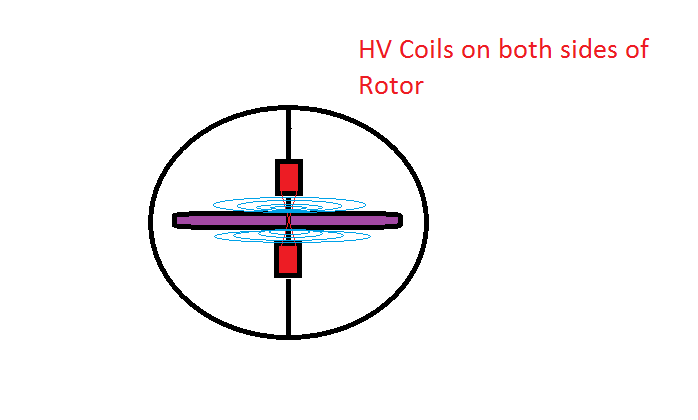Originally posted by kajunkreations
View Post
thay




 a second video of his
a second video of his



 to Deepcut.
to Deepcut.



 to Deepcut.
to Deepcut.
Comment